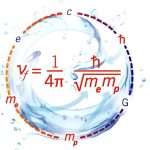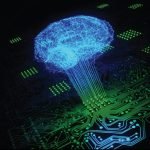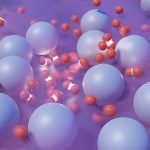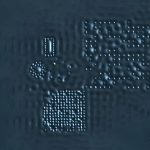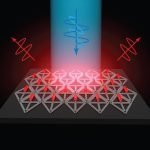Scientists create magic fermionic quantum processor
Quantum computers are cutting-edge machines that can solve problems much faster than regular computers.
Now, a team of scientists from Austria and the U.S. have...
One of Neptune’s dark spots finally seen from earth
There’s no getting around it: our Solar System’s gas giants all have big, conspicuous spots on their faces.
These include Jupiter’s Great Red Spot, Saturn’s...
How the way water flows in a cup could help us understand the universe...
Have you ever wondered what makes life possible on Earth, or how the universe works?
A group of scientists from Queen Mary University of London...
Supercharged light-based computers could make our phones as smart as supercomputers
Imagine your smartphone running programs that currently only supercomputers can handle, and doing it all while using much less energy!
Scientists at MIT have made...
NASA’s Webb telescope unravels the mystery of a dying star
NASA's James Webb Space Telescope has given us a new, detailed look at the Ring Nebula, a dying star's colorful farewell 2,200 light-years away...
How a 350-year-old idea helps us understand light better
For hundreds of years, scientists have been trying to figure out what light is really made of.
Is it a wave that flows like water...
Strange metals may revolutionize quantum computing, shows study
For nearly four decades, scientists have been scratching their heads over materials called 'strange metals.'
These weird metals don't follow the usual rules of how...
After 50 years, scientists confirm a long-predicted quantum state in ‘artificial atoms’
For over half a century, a special theory about how electrons behave in atoms has puzzled scientists.
Now, a group of researchers from the Department...
How trapping light in magnets could change our tech future
Have you ever played with magnets as a kid, or maybe used them to pin your grocery list on the fridge?
Well, magnets are about...
How MIT’s DNA-assembled quantum rods are changing TVs or virtual reality devices
Have you ever watched a 3D movie with those special glasses? Or tried virtual reality (VR) games?
These use technology to make images jump out...



